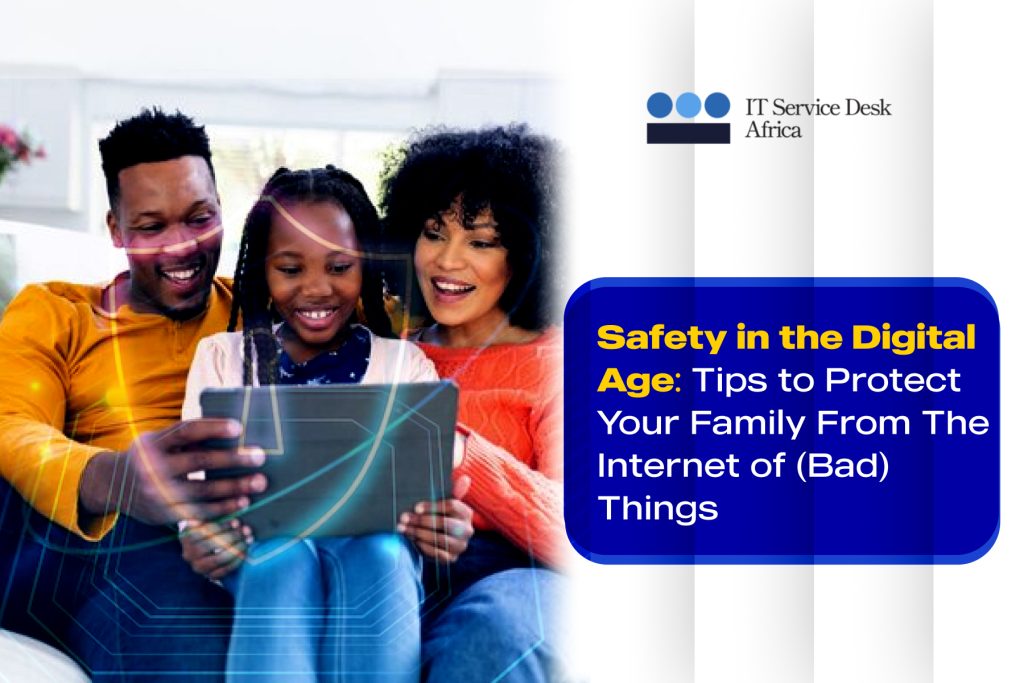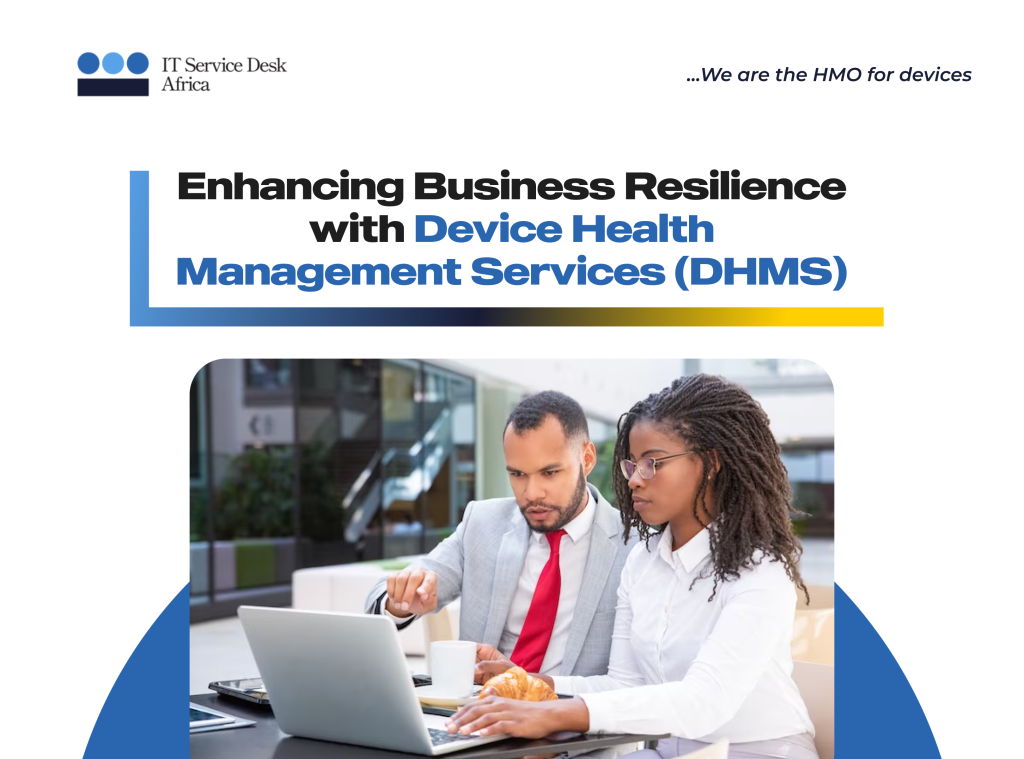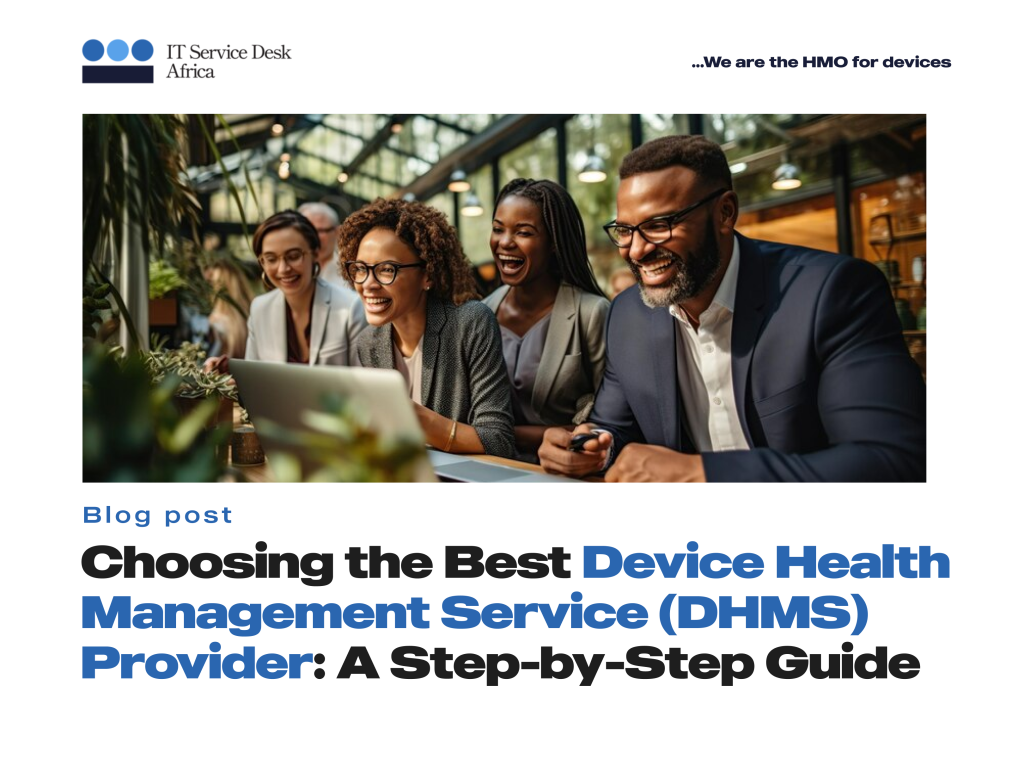Written by: Ugochukwu, Chiamaka Lily, and Edited by: Joshua Babatope
How can you ensure the safety of your family, particularly your children, in the digital age?
Shielding them from the potential risks and dangers of the Internet demands a comprehensive strategy that integrates education, open communication, and the thoughtful use of technological tools.
Here are some strategies to help keep kids safe online:
-
Open Communication:
-
-
- Foster an open and non-judgmental line of communication with your children. Encourage them to talk to you about their online experiences, friends, and concerns.
-
-
Educate About Online Risks:
-
-
- Teach children about the potential dangers they may encounter online, such as cyberbullying, inappropriate content, and online predators. Help them understand the importance of responsible online behavior.
-
-
Set Age-Appropriate Limits:
-
-
- Establish age-appropriate rules and limits for internet use. This may include setting time limits, designating certain online activities, and determining which websites and apps are acceptable.
-
-
Use Parental Controls:
-
-
- Employ parental control tools like ITSA’s Family DHMS and features provided by internet service providers, operating systems, and individual websites and apps. These controls can help filter content, restrict access to certain websites, and monitor online activities.
-
-
Monitor Online Activities:
-
-
- Regularly check your child’s online activities, including the websites they visit, the apps they use, and their social media interactions. Be aware of their online friends and contacts. ITSA’s Family DHMS can help you achieve this.
-
-
Teach Online Etiquette:
-
-
- Emphasize the importance of good online behavior, including respecting others, not sharing personal information, and being cautious about clicking on links or downloading files.
-
-
Use Safe Search Settings:
-
-
- Enable safe search settings on search engines to filter out inappropriate content. Many search engines have settings specifically designed for children.
-
-
Keep Devices in Common Areas:
-
-
- Encourage internet-connected devices in common areas of the home, rather than in private spaces, to make monitoring easier.
-
-
Teach Critical Thinking:
-
-
- Help children develop critical thinking skills to evaluate online information critically. Teach them how to identify reliable sources and question the validity of content.
-
-
Model Healthy Online Behavior:
-
-
- Be a positive role model for your children by demonstrating responsible online behavior. Show them how to engage in healthy and respectful online interactions.
-
-
Stay Informed:
-
- Keep yourself informed about the latest apps, social media platforms, and online trends. This knowledge will help you guide your children through the ever-evolving digital landscape.
Conclusion
Remember that no strategy can guarantee absolute foolproof safety, but a combination of education, communication, and technology can significantly reduce the risks your family is exposed to with online activities. Regularly reassess and adapt your approach as your child grows and gains more independence online. Subscribe to ITSA’s Family Device Health Management Services (DHMS) to protect your family from the Internet of (Bad) things



